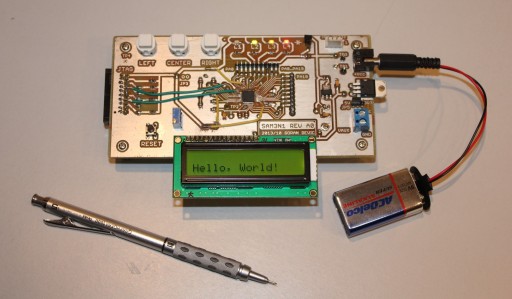In my previous post, I described an Arduino dongle and the software that can be used to clock a Z80 CPU and dump the states of its buses and pins while executing a controlled set of test cases.
Here I show a trace of every single Z80 instruction as run by that setup. I also outlined some of the tests created manually that clarified a few situations which were not too obvious (to me) after reading various pieces of documentation.
Continue reading


